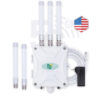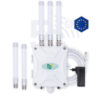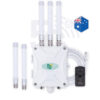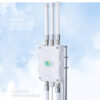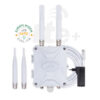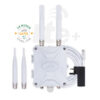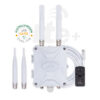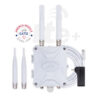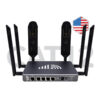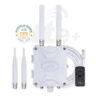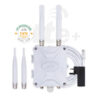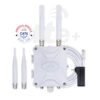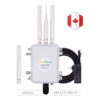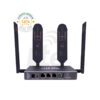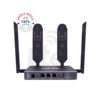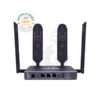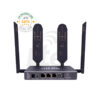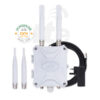What is a 4G 5G Modem Router?
4G/5G router uses the embedded cellular modem and a SIM card to connect to the mobile network and deliver internet connectivity. The 4G/5G cellular routers can work widely once there is fair mobile signal coverage. They offer a flexible cellular internet solution for home, office, IoT, and industrial applications. The 4G/5G routers usually support fallback to lower networks. For example, the 4G router supports a 2G 3G connection, and the 5G router supports a 3G and 4G LTE fallback.
What is the 5G LTE Modem UE Category?
Modem UE category refers to the user equipment of cellular modem chipset used inside a 4G/5G router. The UE category determines the working performance of 4G/5G cellular routers, such as download speed, upload speed, frequency bandwidth, carrier aggregation, MIMO technology, etc.
The latest 5G routers support UE categories from Cat 16 to Cat 32, and 4G LTE routers support from Cat 1 to Cat 20. The higher UE category modems provide faster potential speeds and consume more mobile data traffic due to greater bandwidth and advanced cellular capabilities. Choose a higher-grade category modem that future-proofs your router, leading to a better networking experience. However, the actual mobile internet speeds depend on data plan class, cellular carrier network coverage, and mobile signal quality.
OutdoorRouter provides 4G routers in different LTE UE categories of Cat 1, Cat 4, Cat 6, and Cat 12. Each has a diverse speed rate and benefits for various application scenarios. You can choose the 4G 5G UE category modems depending on how fast speed and throughput are required. The comparison chart below shows their speed rates and specifications.


